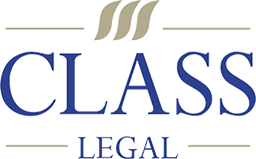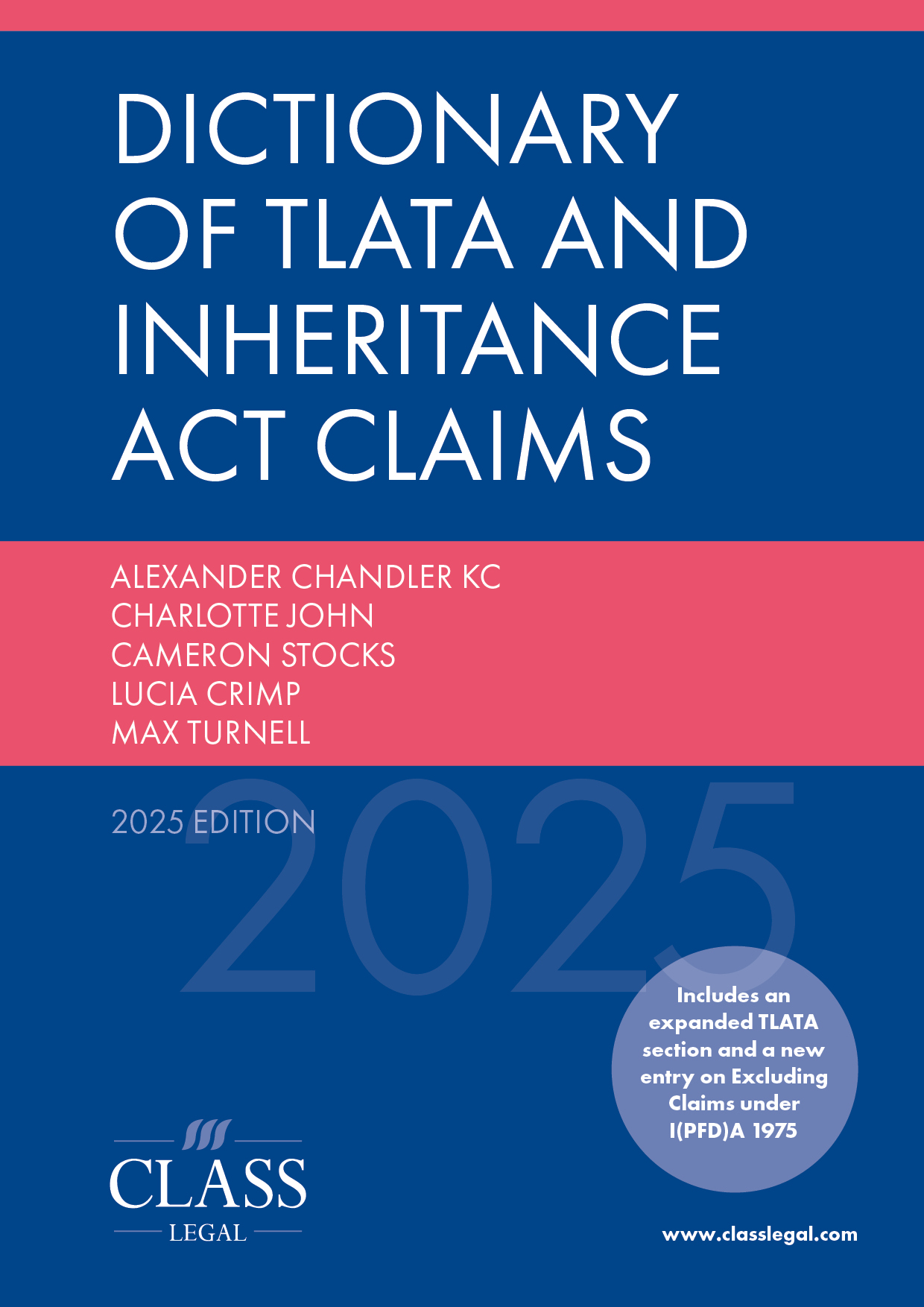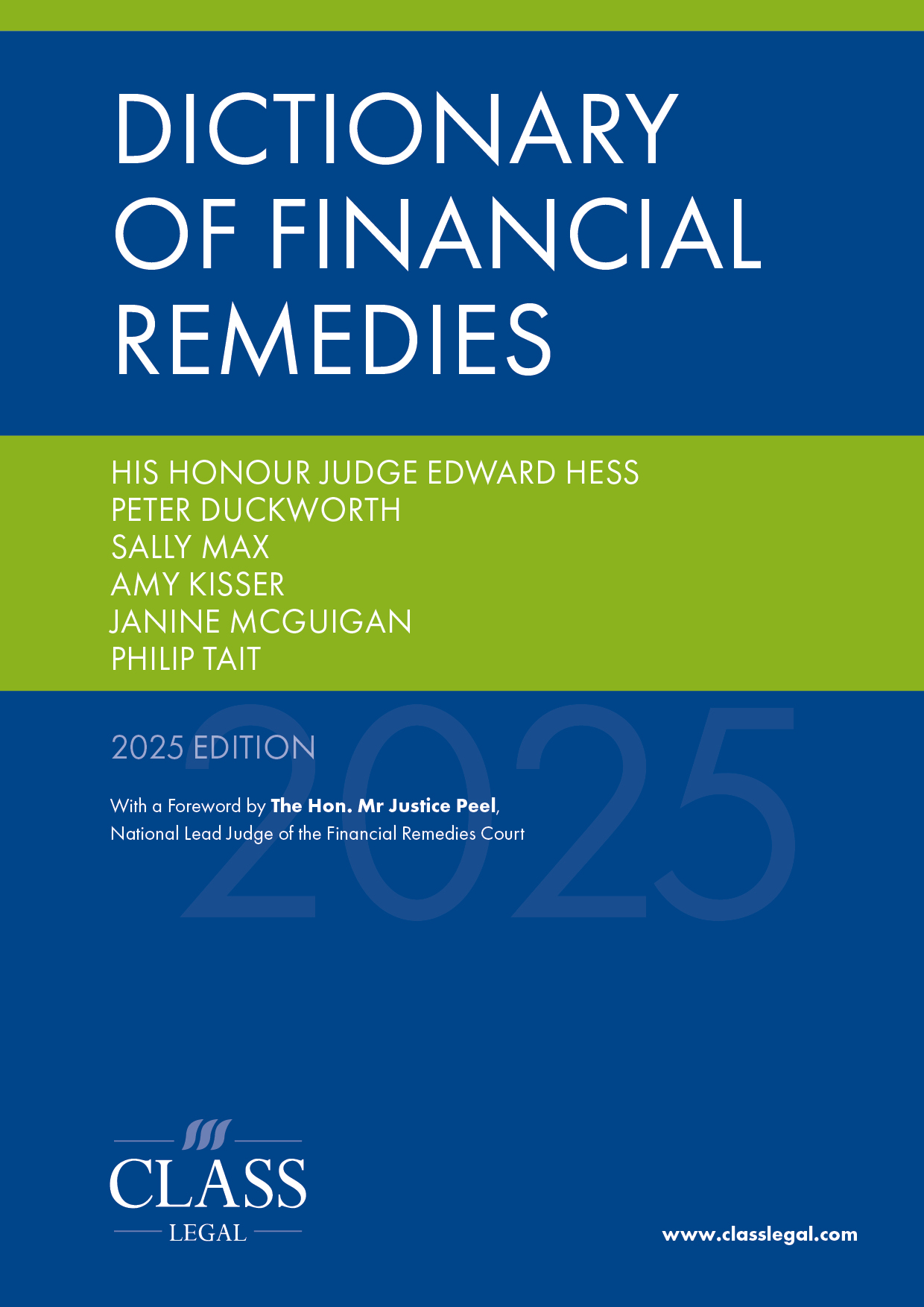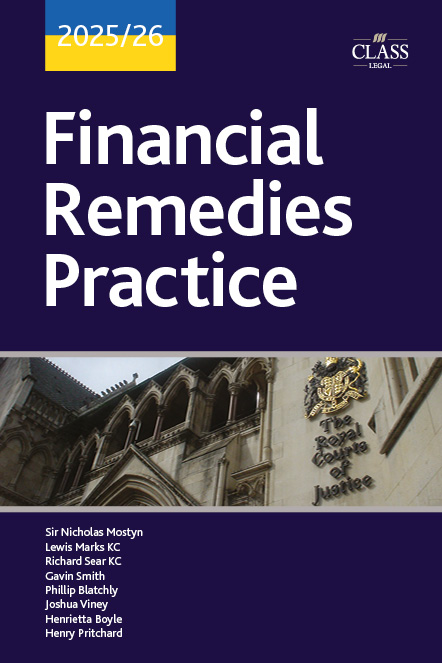
Companies House – Housing Companies’ Information
Published: 22/11/2024 06:00

Prior to 1844, ‘incorporation’ was only possible by Royal Charter, or by a private Act of Parliament. However, since neither Queen Victoria nor Robert Peel (the Prime Minister at the time) liked paperwork very much, an ‘Act for the Registration, Incorporation, and Regulation of Joint Stock Companies’ was drafted and duly received royal assent, becoming the Joint Stock Companies Act of 1844.
And thus, the United Kingdom of Great Britain and Ireland (as it then was) established its first registrar of companies, known as Companies House.
Today, Companies House is an executive agency of the UK government’s Department for Business and Trade. It holds the UK’s register of companies, as well as the Register of Overseas Entities.
It is maintained by three registrars, one each for England & Wales, Scotland, and Northern Ireland. Their objectives are to ensure proper delivery and accuracy of documents, to maintain a truthful register, and to prevent unlawful activities by companies and individuals.
It is responsible for incorporating, maintaining and dissolving limited companies, examining and publishing company information, and promoting transparency and growth in the UK economy. The recent Economic Crime and Corporate Transparency Act 2023 has boosted the powers of Companies House to meet its responsibilities.
Nearly all commercial companies in the UK nowadays are incorporated under the Companies Act 2006, although incorporation by Royal Charter, which dates back to the medieval period, does still exist. For example, the BBC, the Royal Opera House and the British Red Cross were incorporated by Royal Charter. And indeed, Acts of Parliament can still incorporate a company, as they did with the Port of London Authority in 1909, and the Post Office in 1987.
It is the published company information that we are interested in when it comes to financial remedies. First though, about what type of entity can one find information at Companies House?
What exactly can be incorporated?
More than 5 million companies are on the UK companies register. Over 900,000 new companies were incorporated in 2023.
We have all heard of a limited company (specifically, a company limited by ‘shares’ in which each member’s liability is, in effect, limited to the amount paid for the shares). These types of companies were introduced by the Limited Liability Act 1855. A limited company can be a ‘private company’ (i.e. not a public company) and given the suffix ‘Ltd’ for ‘limited’, or a ‘public company’ (i.e. has at least £50,000 in share capital, which can be issued to the public), and given the suffix ‘Plc’ for ‘public limited company’.
‘Limited liability partnerships’ or ‘LLPs’ were introduced in 2001. They are similar to limited companies except they are taxed like an unincorporated partnership. LLPs are incorporated by the Companies Act and they need to be registered at Companies House.
However, they can elect whether to maintain and hold their registers of members, members’ residential addresses and people with significant control at their registered offices, or to keep the information in the public register at Companies House instead.
There are, also, some other rather esoteric types of incorporated companies. These include:
- ‘Companies limited by guarantee’ have members who undertake to contribute a specified amount to the company’s assets upon its winding-up. Network Rail is one such example.
- ‘Quoted companies’ are public companies that have been formally accepted by the London Stock Exchange for trading on the open market.
- ‘Unlimited companies’ are rare as each member is jointly and severally liable for the debts of the company in the event of its winding-up.
- ‘Community Interest Companies’ are limited by shares or by guarantee that exist to provide benefits to a community or a specific section of a community. They are an alternative to a charity and are subject to less regulation.
Unincorporated businesses or entities such as sole traders, partnerships and co-operatives do not need to register or file any documents with Companies House. So, if one is looking for information on one of those types of entities, a search on the Companies House register will be fruitless.
What can one find on the public register at Companies House?
The initial information one can find about a company are the nature of its business, its registered office address, whether the company is active or dissolved and previous company names. The nature of a company’s business is classified by its ‘SIC’ code which stands for ‘standard industrial classification of economic activities’. A company’s SIC code covers a vast range of activities from the depths of mining of uranium and thorium ores (code 07210) to the heights of space transport (code 51220) and companies can have more than one (if they mined uranium ore on the moon, for example).
The list of types of documents that a company can file with Companies House is long. Really long. Types of documents include incorporation documents, changes of constitution, mortgage charges, opening of an overseas branch, and even certifying a voluntary translation of an original document (it is Form VT01 you want for that, should you ever need it).
Companies must tell Companies House about new appointments, resignations and changes in personal details of its directors and secretaries as well as ‘people with significant control’. These are people who hold 25% of the shares or voting rights of the company. Companies must also tell Companies House about changes to its company name, registered office address, share structure and any mortgages.
Confirmation and accounts
The two main types of documents are the accounts, and the confirmation statement. All companies must file annual accounts with Companies House, and all companies must file an annual confirmation statement.
A confirmation statement is, as you might expect, a statement that confirms to Companies House that the information it holds about a company is correct. It replaced the old ‘annual return’ in 2016. The information Companies House holds includes the details of a company’s registered office, directors, secretaries, the address where its records are held, its statement of capital and shareholder information, its SIC code and register of people with significant control. Unhelpfully, the confirmation statement itself does not necessarily list much information, which can only be found by looking at other documents that the company will have been required to file.
Directors and secretaries must file a service address for the public register, to be used for correspondence, but it does not have to be their home address. It can be the same as the registered office address of the company, or it can be somewhere different.
When it comes to shareholder information, although companies must maintain a shareholder register as per the Companies Act 2006, filing this register with Companies House is not mandatory. Companies can choose to keep information from its register of members on the public register or to keep it privately. If it is held publicly, the company has to update Companies House of any changes to shareholders in real-time, rather than annually through the confirmation statement process.
So, finding information about shareholders (other than those with significant control) at Companies House is possible, but rare. However, under the Companies Act 2006, anyone can ask to inspect a shareholder register and request copies of it at any time, even if not provided to the public register. This is a viable alternative if one has identified a company of interest.
Therefore, a browser of the public record at Companies House is likely to find that the richest source of information about a company will be its annual accounts.
Every company must keep accounting records whether it is trading or not. Accounting records must detail all money received and expended by the company and record its assets and liabilities. If a company deals in goods, the records must also include details regarding levels and movements of its stock.
This means generally accounts must include a profit and loss account, a balance sheet, and notes to the accounts that provide context and clarification for the numbers. Notes to the accounts are not to be overlooked as they often contain information that is essential to understanding the financial statements.
Eating soup with a fork
It might be thought that the requirement to file accounts and the provision about the detailed information that accounts must include would mean that, once one had identified a company of interest, it would be possible for a researcher to gorge on succulent publicly available financial information about it. Sadly, that is not the case because it is only ‘large’ companies that must file full accounts.
There are three classifications of company size that determine what level of detail will be included it its publicly filed accounts: small, medium and large. And for small companies, there is also a sub-classification called a micro-entity. (I make that four classifications, but who am I to question Companies House?)
A company is classified as a micro-entity, small or medium-sized based on thresholds for turnover, total assets and the average number of employees. Any companies that breach the thresholds are classified as ‘large’ companies.
A micro-entity must meet at least two out of the three following conditions:
- turnover of less than £632,000;
- total assets of £316,000; and/or
- no more than 10 employees on average throughout the year.
Now, if you thought that that covered most companies, you would be right. In the UK, around 96% of companies are micro-entities.
So, what morsels of information do micro-entities have to file? Well, although a micro-entity must prepare a balance sheet and profit and loss account, with notes, it does not have to provide the profit and loss account to Companies House, and the balance sheet may be an abridged version, omitting full details of assets and liabilities.
One is left to nibble on limited information regarding the amount of unpaid called-up share capital, fixed and current assets, prepayments, and accrued income, creditors, provisions and capital and reserves. The notes must contain additional information regarding guarantees and contingencies, securities given and commitments concerning pensions, but these are seldom provided in any great detail.
What is more, most micro-entities do not have to be audited, so there is no assurance that the accounts are true and fair. In total, micro-entity accounts give very little information about a company’s finances so that even a forensic accountant will struggle to divine much from them.
Similarly bleak fare is to be found in dormant company accounts. A company is dormant if it had no ‘significant accounting transactions’ during the accounting period. Dormant companies do not have to provide a profit and loss account to Companies House, nor a directors’ report.
By comparing balance sheets from two points in time, one can infer the company’s net profit or loss over that period, but only if one knows what dividends have been paid out. This means that without knowing what dividends have been paid, it is impossible to ascertain the extent of a company’s profitability without its profit and loss account. Even access to the tax returns of a shareholder may be of only limited assistance because of timing differences that arise between the company’s financial year end to which the accounts are prepared and the tax return year end of 5 April.
One will be only slightly more satiated with the information available from ‘small company’ accounts. The thresholds are increased to £10.2 million turnover, £5.1 million assets and 50 employees, but again, small companies do not have to deliver a copy of the profit and loss account (nor the directors’ report).
It is only when a company reaches the lofty height of being ‘medium-sized’ (turnover up to £36 million, balance sheet total £18 million and up to 250 employees) that one can finally find a publicly available profit and loss account, and none of the accounts can be abridged versions. However, less than 0.1% of UK companies are medium-sized or large.
Crime and punishment
Of course, this information can only be gleaned if the company has actually filed its accounts with Companies House.
The time normally allowed for delivering accounts to Companies House is 9 months (or 6 months if it is a public company) from the end of the accounting period. If a company fails to file its annual documents, the Registrar may assume that the company is no longer carrying on business or in operation and take steps to strike it from the register. If the Registrar strikes a company off the register, it ceases to exist, and its assets become bona vacantia and pass to the Crown.
However, by changing a company’s accounting reference date, a company can legitimately delay the delivery deadline for its annual accounts. A company can extend its accounting reference period once every 5 years, but it can shorten its accounting reference period, by as little as 1 day at a time, as often as it likes. It is very easy to change the accounting reference period. It can be done by using the appropriate online form (it is Form AA01 one wants this time). If a company changes its accounting reference period, then the deadline for delivery of its annual accounts becomes at least 3 months from the date of receipt by Companies House of the change of accounting reference date form. And, subject to the approval of Companies House, if a company is approaching that new deadline, it can simply reduce its accounting reference period by a further 1 day and receive another 3-month deadline extension.
Under the Companies Act 2006, it is a criminal offence for directors or LLP designated members to file their accounts late. And it is a strict liability offence. As soon as a company is late with its accounts, the offence is committed, and its directors are at risk of a criminal prosecution and subject to a potentially unlimited fine for each offence. In addition, there is an automatic civil penalty for submitting accounts late.
Filing penalties for 2022–23 in England & Wales were said to have been around £150 million. However, Companies House is increasingly of the view that the relevant filing penalties are evidently not a sufficient deterrent to drive compliance with the filing obligations in the Companies Act. For example, 1,938 charges were made against company directors or LLP designated members in 2022–23, and 856 were convicted.
Conclusion
In conclusion, Companies House plays a crucial role in the UK’s corporate landscape by promoting transparency and ensuring the proper regulation of incorporated entities.
While it provides a wealth of information to the public, especially through annual filings and confirmation statements, the depth of that information can vary significantly depending on the size and type of the company. Micro-entities and small companies, which make up the majority of UK businesses, often offer limited financial insights, making it challenging to get a full picture of their operations.
For those seeking deeper financial clarity, especially in legal or financial contexts, forensic accounting analysis or direct requests for shareholder registers will likely be necessary.
- Company Accounts
- Limited Companies
- Companies House
- Economic Crime and Corporate Transparency Act 2023
- Financial Accounts
- Financial Disclosure
- Financial Records










